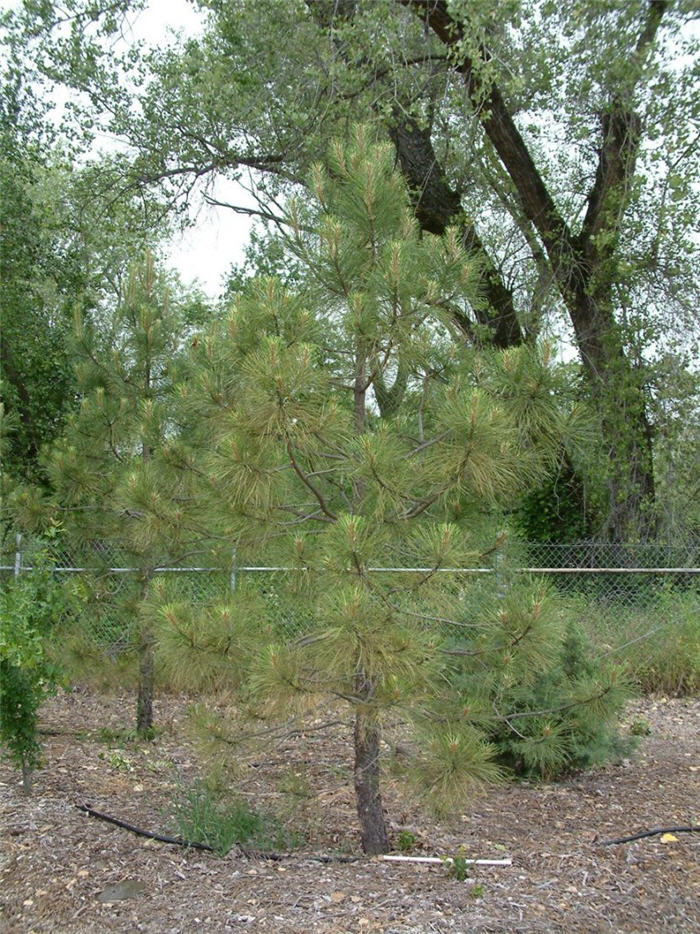| Botanical Name: Pinus ponderosa | |
| Common Name: Ponderosa Pine |

-
Anatomy
-
Culture
-
Design
Plant Type
Tree, Conifer
Height Range
40-60', 60-100'
Flower Color
n/a
Flower Season
n/a
Leaf Color
Green, Yellow Green
Bark Color
Brown
Fruit Color
Brown
Fruit Season
Fall
Sun
Full
Water
Low
Growth Rate
Moderate, Slow
Soil Type
Sandy, Clay, Loam, Rocky, Unparticular
Soil Condition
Average, Poor, Well-drained, Dry
Soil pH
Neutral
Adverse Factors
n/a
Design Styles
Japanese, Meadow, Ranch, Woodland
Accenting Features
Fragrance, Specimen
Seasonal Interest
Winter
Location Uses
Background, Shrub Border, Park, Walls / Fences
Special Uses
Screen, Mass Planting, Wind Break, Shade Tree
Attracts Wildlife
Birds
Information by: Stephanie Duer
Photographer: Betsy Thompson
Photographer: Betsy Thompson
-
Description
-
Notes
Ponderosa pine is a stately pine, growing slowly to 60 to 80 feet tall and 30 to 40 feet wide. It has long, graceful green to yellow green needles and long green cones that ripen to brown and have distinctive prickles. Its bark is thick, deeply furrowed, and yellowish-brown. A Utah native. There are ponderosa pines planted at the Greater Avenues Water Conservaton Demonstration Garden.
Grow in full sun and well drained soil; is found in gravelly-loamy soils. It develops a deep tap root that makes it very drought tolerant.